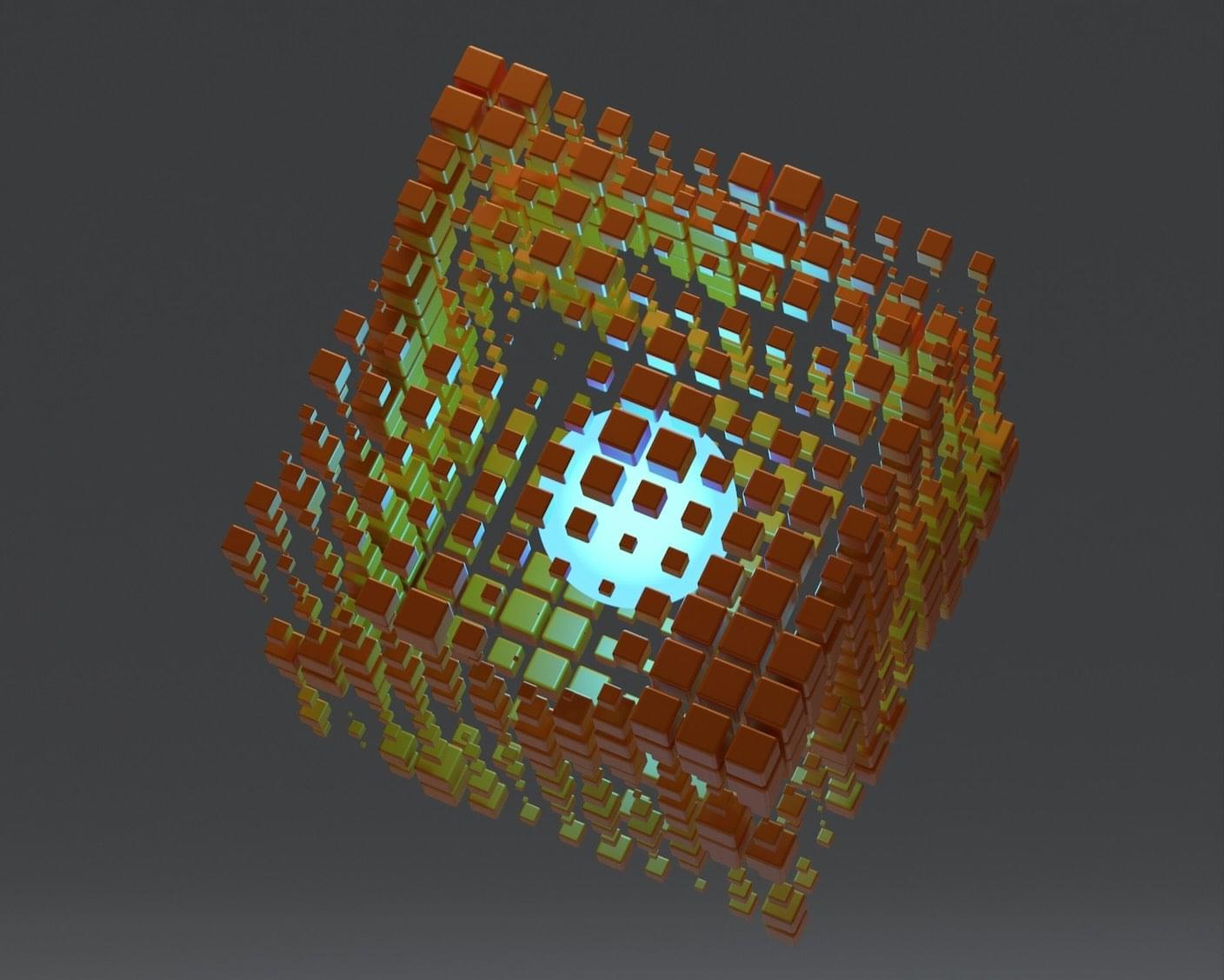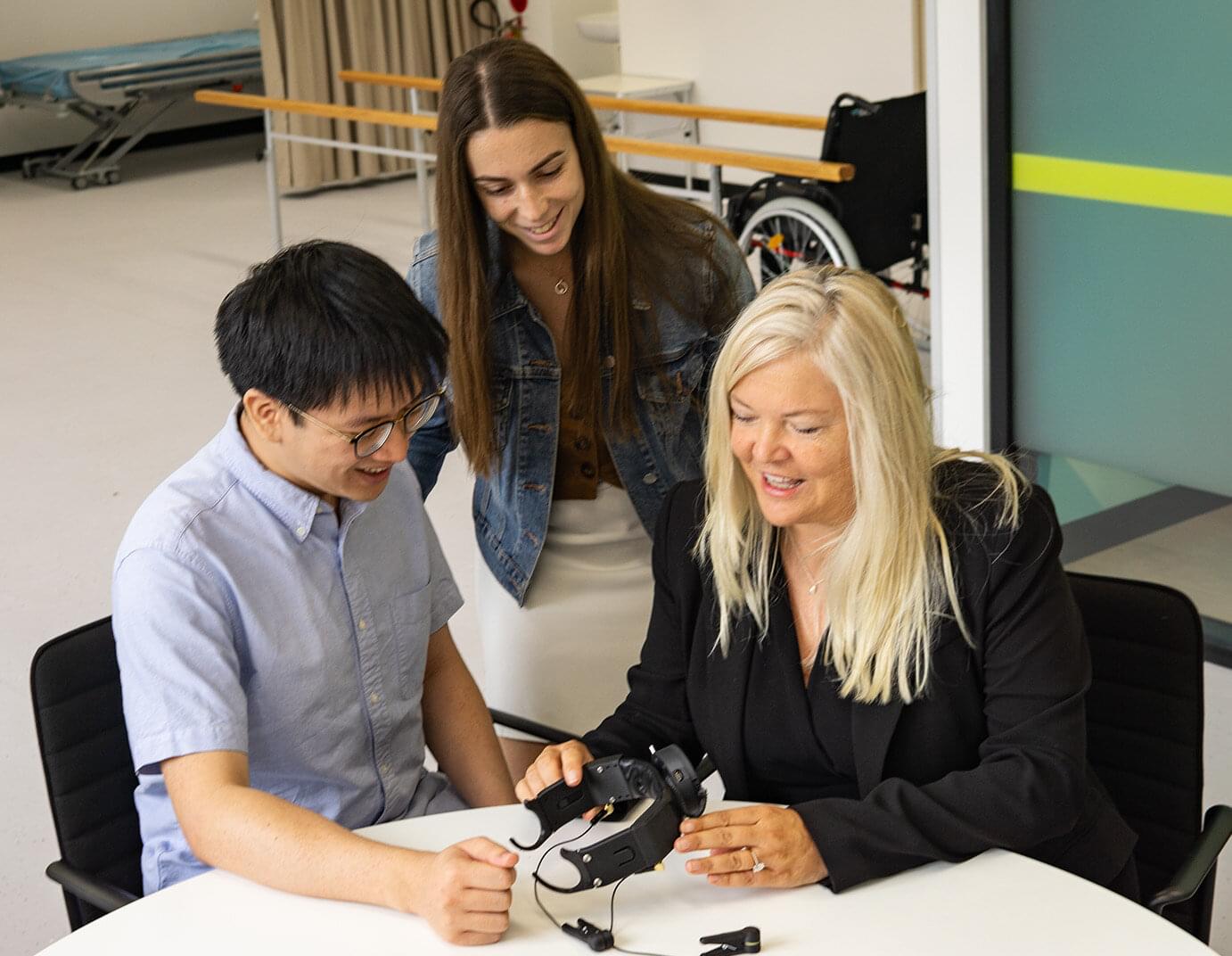The emerging field of neurosymbolic AI could solve these issues, while also reducing the enormous amounts of data required for training LLMs. So what is neurosymbolic AI and how does it work?
LLMs work using a technique called deep learning, where they are given vast amounts of text data and use advanced statistics to infer patterns that determine what the next word or phrase in any given response should be. Each model—along with all the patterns it has learned—is stored in arrays of powerful computers in large data centers known as neural networks.
LLMs can appear to reason using a process called chain-of-thought, where they generate multi-step responses that mimic how humans might logically arrive at a conclusion, based on patterns seen in the training data.








